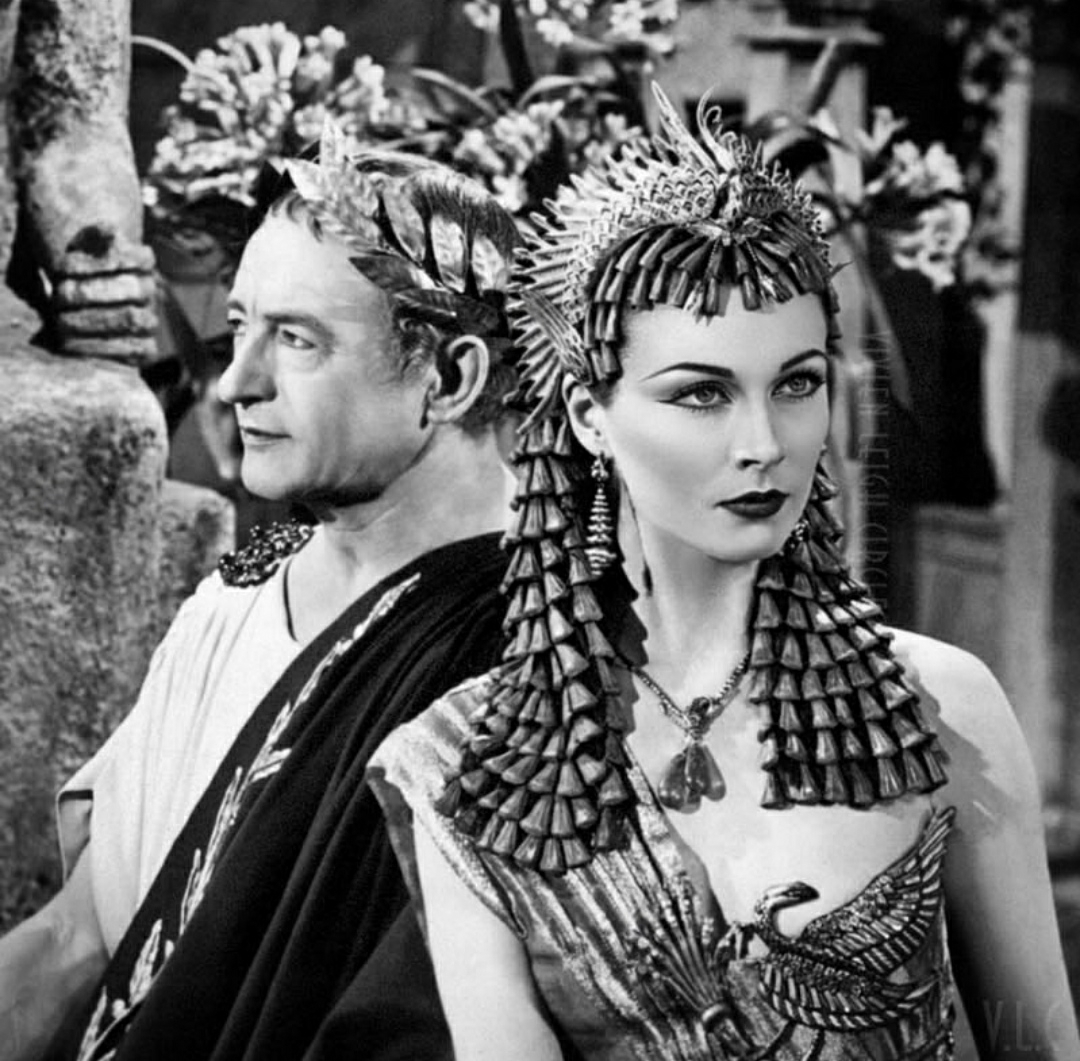Cleopatra : Queen of the Ptolemaic Kingdom of Egypt. Queen Cleopatras Life.
Cleopatra, often referred to as the Queen of the Ptolemaic Kingdom of Egypt, is one of history's most captivating figures. Known for her beauty, intelligence, and political prowess, Cleopatra left an indelible mark on ancient Egypt. Queen Cleopatra Life and reign continue to captivate the imagination of scholars, historians, and artists even to this day.
In this article, we delve into the various aspects that made Cleopatra famous, from her mesmerizing beauty to her intriguing love life and untimely demise.
• Cleopatra was born into a world of political turmoil and familial rivalry. Her birth in 69 BCE marked the beginning of a life that would be shaped by power struggles, strategic alliances, and a relentless pursuit of maintaining control over Egypt.
Cleopatra's Beauty:
• Cleopatra's beauty was legendary and has been the subject of numerous artistic depictions throughout history. Her physical appearance is often described as striking and captivating, with a charming personality to match.
• However, it is important to note that beauty was noCleopatra's only defining characteristic. Her intelligence, charisma, and political acumen played crucial roles in her rise to power and her ability to command the attention and admiration of powerful men.
What Did Cleopatra Look Like?
• While Cleopatra's physical appearance has been the subject of much fascination, historical accounts and depictions provide only limited information.
• She was believed to have had a regal presence and was often portrayed with a long, slender nose, a high forehead, and a well-defined chin. Some sources suggest that she had a seductive charm and a captivating gaze that could sway even the most powerful of men.
• However, it is important to acknowledge that the majority of our understanding of Cleopatra's appearance is based on artistic interpretations rather than precise historical record.
YOU MAY ALSO LIKE :-
Queen Cleopatra, renowned for her beauty and regal presence, adorned herself in costumes that reflected her status and magnificence. Her wardrobe was a captivating blend of Egyptian tradition and Hellenistic influences, showcasing the wealth and grandeur of her reign.
• Cleopatra favored luxurious fabrics such as silk and linen, often embellished with intricate embroidery and gold thread. She adorned herself with exquisite jewelry, including elaborate necklaces, bracelets, and headdresses adorned with precious gemstones.
• Her outfits featured vibrant colors, such as royal blue, emerald green, and rich gold, which accentuated her striking features and commanding presence. Queen Cleopatra's costumes were not only a symbol of her power but also a means of captivating the attention and admiration of those who beheld her, leaving a lasting impression on all who encountered the Queen of Egypt.
• In recent years, archaeological discoveries have provided insights into Cleopatra's life and reign. Excavations in Egypt have unearthed artifacts, including fragments of fabric, which are believed to have once belonged to Cleopatra herself.
• These findings shed light on the style and luxury of her wardrobe, giving us a glimpse into the opulence and extravagance of her era.
How Did Cleopatra Come to Power?:
• Cleopatra's ascent to power was a result of a complex web of political maneuvering and strategic alliances.
• Born into the ruling Ptolemaic dynasty, Cleopatra became queen at the age of 18.When her father Ptolemy XII passed away in 51 BCE, Cleopatra and her younger brother, Ptolemy XIII, were thrust into a precarious position as joint rulers.
• Cleopatra's thirst for power and her determination to assert her authority propelled her to take bold steps.
• She recognized the importance of aligning herself with influential figures in the Roman Empire, and it was through her relationships with Julius Caesar and later Mark Antony that she solidified her grip on power.
Cleopatra's Love Life:
• Cleopatra's romantic relationships are the stuff of legends. Her affair with Julius Caesar resulted in the birth of their son, Caesarion.
• Cleopatra's liaison with Julius Caesar was not merely a romantic affair but also a strategic alliance. Cleopatra skillfully used this connection to position herself as a significant player in Roman politics and secure her claim to the throne of Egypt.
• After the assassination of Julius Caesar, Cleopatra turned her attention to Mark Antony, a prominent Roman general and one of Caesar's closest allies.
• Their passionate love affair became the stuff of legends, and together they formed a formidable union against their rival, Octavian..
• However, the political landscape eventually turned against Cleopatra and Mark Antony. Their defeat at the Battle of Actium in 31 BCE marked a turning point in their lives.
How Did Cleopatra Died?
• The circumstances surrounding Cleopatra's death have fascinated historians for centuries
• Faced with the imminent capture by Octavian, Cleopatra made the fateful decision to take her own life.
• The circumstances surrounding Cleopatra's death have fascinated historians for centuries. The details surrounding her death remain shrouded in mystery, but it is widely believed that she allowed herself to be bitten by an asp, a venomous snake.
Cleopatra's legacy as the Queen of the Ptolemaic Kingdom of Egypt endures to this day. Her captivating beauty, political acumen, and passionate love affairs have cemented her place in history. Despite
the passage of time, Cleopatra's story continues to intrigue and inspire people around the world. From her rise to power to her tragic demise, Cleopatra remains an enigmatic figure whose influence and allure are as powerful today as they were during her reign.Cleopatra's life was marked by a series of triumphs and setbacks. She reveled in the opulence of her position, renowned for her intellect, wit, and charm. Cleopatra was not only a political figurehead but also a patron of the arts and sciences, actively promoting culture and knowledge within her kingdom.
. :








0 टिप्पणियाँ
Hey guys, if you liked the blog or have suggestions for us please comment it down. It will help us to improve😊